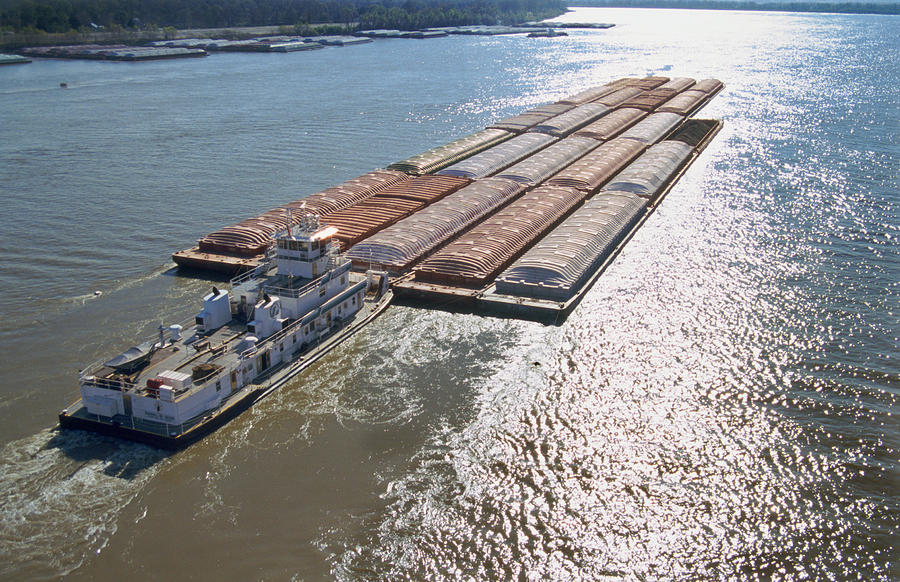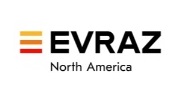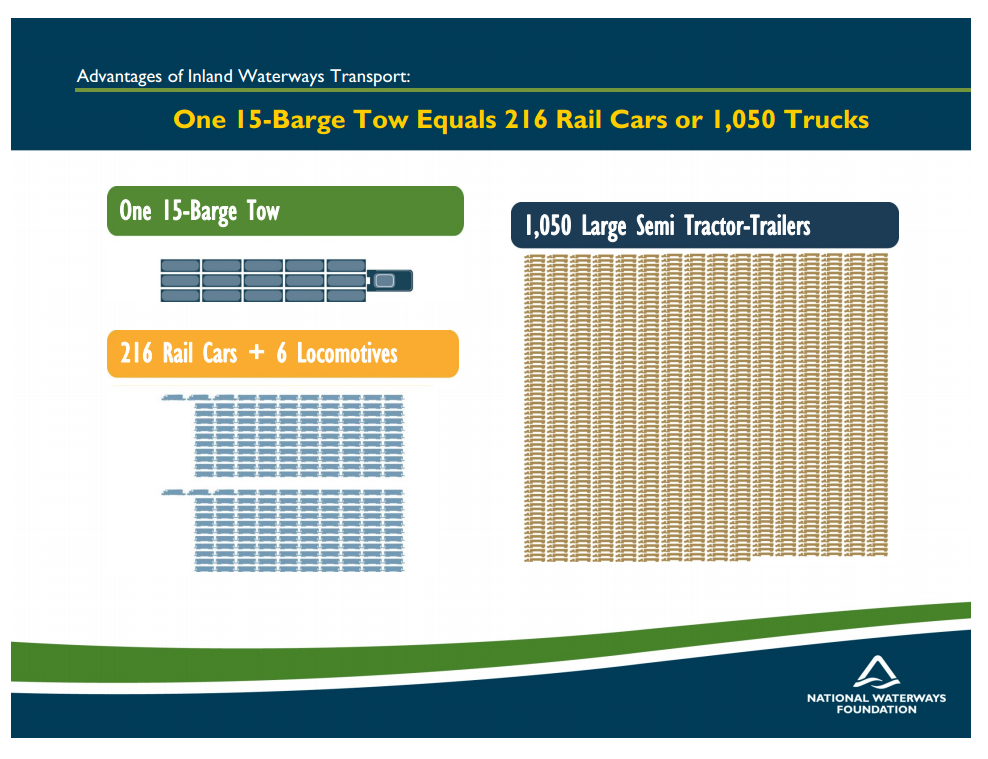Steel Products Prices North America

Barges Added to List of Transportation Woes
Written by Sandy Williams
September 30, 2014
Barge availability is becoming an issue on U.S. waterways. According to the MID-SHIP Report, demand for barges to move record grain production is putting upward pressure on shipping costs. MID-SHIP also reports berth congestion for some breakbulk facilities along the Mississippi River due to strong steel shipments.
Availability constraints in trucking and rail are adding to increased barge demand. The trucking industry has been dealing with a shortage of drivers and regulations that restrict driver hours. Rail capacity has been usurped by oil due to the boom in the shale oil industry. An attractive alternative from rail and road is America’s river system.
 The barge industry has been replacing aged vessels over the past several years and is still low at 17,000 barges, according to Informa Economics. Ken Eriksen, senior vice president- transportation at Informa says that with the record harvest this year he is hearing constant complaints from shippers that “I can’t get barges/railcars!” As a result of capacity issues, the U.S. Agriculture Department says the cost to move grain down the rivers for export will reach a six year high during October.
The barge industry has been replacing aged vessels over the past several years and is still low at 17,000 barges, according to Informa Economics. Ken Eriksen, senior vice president- transportation at Informa says that with the record harvest this year he is hearing constant complaints from shippers that “I can’t get barges/railcars!” As a result of capacity issues, the U.S. Agriculture Department says the cost to move grain down the rivers for export will reach a six year high during October.
An official with the Waterways Council noted that “barge availability, is indeed, much more in demand with the record harvest.” The “rail capacity challenges has underscored the need for the waterways as a critically important freight transportation option,” she added.
MID-SHIP reports freight trading “near 1100 percent of tariff for southbound grain movement. However, the USDA is reporting the average rates for St. Louis to NOLA were near 685 percent of tariff as of the week ending September 16, 2014.”
A major advantage for barges is load capacity. According to the National Waterways Foundation, 1 barge can carry 1,750 short tons of dry cargo—equal to 16 rail cars or 70 trucks. For liquid cargos the comparison is even more impressive. One barge can carry 27,500 barrels of liquid cargo as compared to 46 rail cars or 144 trucks. Since barges are generally multiple tows the cargo capacity increases proportionately. The chart below gives the comparison for a 15-barge tow.

Sandy Williams
Read more from Sandy WilliamsLatest in Steel Products Prices North America

Nucor slows HRC price climb with $5/ton increase
After eight weeks of double-digit price increases on hot-rolled (HR) coil, Nucor slowed the price rise this week with an increase of $5 per short ton.

Domestic CRC prices surge ahead of imports
The price spread between stateside-produced CR and imports reached its widest margin in over a year.

Evraz raises plate prices $160/ton
Evraz North America (NA) has followed Nucor and SSAB with a plate price increase of its own: up $160 per short ton (st). The increase was effective immediately for all new orders of carbon, high-strength low-alloy, and normalized and quenched-and-tempered plate products, as well as for hot-rolled coil, the steelmaker said in a letter to […]

Nucor lifts HR coil to $820/ton
Nucor has increased its consumer spot price (CSP) for hot-rolled (HR) coil for a fourth consecutive week.

Nucor pushes HR spot price to $790/ton
Nucor increased its consumer spot price (CSP) for hot-rolled (HR) coil to $790 per short ton (st) on Monday, Feb. 10 – a $15/st bump vs. last week. The Charlotte, N.C.-based company has raised its weekly CSP by $40/st over the past three weeks after maintaining tags at $750/st since Nov. 12, according to SMU’s […]

